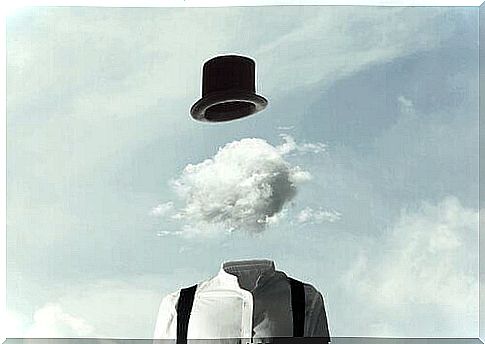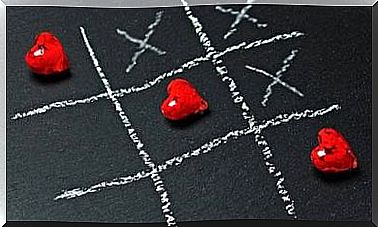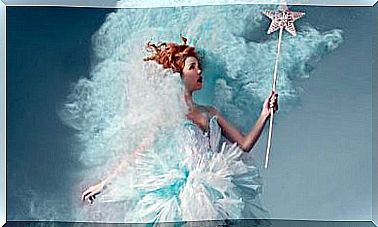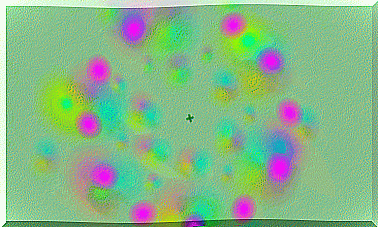Activate Our Filters: Selective Perception

Selective perception is a very common cognitive distortion. It affects the process of perception and causes us to see, listen to or focus our attention on a stimuli according to our expectations, without paying attention to the rest of the information. We can take as an example a moment when we decide to acquire a new good, such as a car, and we start to pay more attention to other models. Another example may be the one where we expect someone and we know from which side he will appear.
Selective perception is related to our preconceptions, our interests, and the urge or fear that we have that something will happen. It is a veiled and partial interpretation of reality. The function of selective perception is to optimize the investment of our cognitive resources by accumulating them. For example, where we wait for something to happen.
On the other hand, our emotions are strongly linked to this process. We generate a parallel environment with which we work and which may appear more or less similar to reality. Thus, in this configuration of our reality, selective perception can play an important role.
How are the filters of selective perception created?
There are two models that attempt to explain this process:
- The Posner model which divides the perception of the message into three stages : attention changes, attentional hooking and dropping out. The message captures our attention, we begin to process the new information, and perception ends to direct attention to other stimuli.
- The La Bergue model, complementary to the Posner model, also takes place in three stages : selection, preparation and maintenance. This last step represents the time dedicated to perceive the message.
In both models, we identify a process by which selective perception takes place and not on a single action.

What influences us?
Mainly two types of phenomena: the nature of the stimulus and the internal aspects of each. The nature of stimuli refers to the sensory aspects that cause us to perceive certain stimuli more intensely. These could be characteristics such as size, color, shape, movement, location or the element of surprise.
Among the internal aspects of the individual, the most important are expectations and motivation. We tend to perceive more intensely what we expect to see or what interests us. It can activate involuntary attention, the one that catches our attention instinctively, like a baby crying. It’s the one advertisers are familiar with to ensure that we direct our attention to the most notable characteristics of what they want to sell to us.
This phenomenon causes perceptual distortions such as:
- Selective exposure : we only see and hear what we like
- Selective attention : we focus on what interests us, leaving out the rest of the information.
- Perceptual defense : we erase from our perceptual field the elements that seem threatening to us
Selective perception: a double-edged sword
Although this is a mechanism that allows the individual to filter out important information and thus avoid stimuli overload, selective perception causes us to lose valuable information in many situations. The amount of stimuli that we are able to perceive is enormous. As receivers of advertising messages, we are the target of hundreds of messages that will have a strong influence on our behavior.
This is also seen in romantic relationships. Indeed, we can ignore important information because we tend to perceive what interests us or corresponds to our expectations.

Deaborn and Simon studied the effect of selective perception among executives of large companies. They concluded that understanding complex stimuli is deeper when they are not new.
They also studied the case of the relationship between bosses and employees in these large companies. This is how they discovered that the positive or negative image that bosses have of their employees conditions the way they evaluate workers’ performance. This is another example of how we perceive what we are prepared to perceive. Thus, we can say that our perception participates in the configuration of the world with which we see things.










